Preparing for a new dog is very exciting, check out our list of must-have items, along with some training tips below. Remember to be patient with your new pup, it is a very scary time for them, and they need to learn the rules of what they can and can’t play with, and where to potty. Consistency is critical, and don’t give your pup too much freedom before they know the rules.
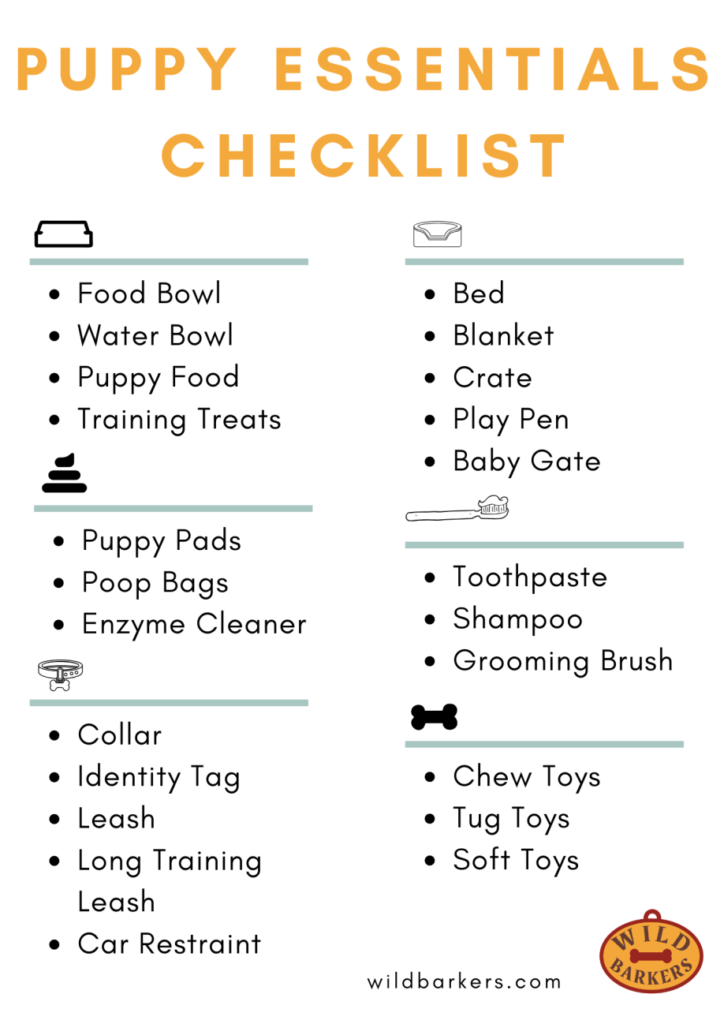
PUPPY ESSENTIALS CHECKLIST IN DETAIL
Food and Water Bowl – Our Recommendation
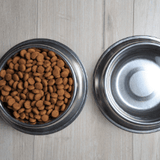
Every dog will need fresh water and feeding regularly, and some puppies will need feeding up to 5 times per day due to their stomach size. Stainless steel food and water bowls are our favorite choice as they are long-lasting, easy to clean, and less likely to be treated as an edible toy by your new puppy.
A dual dog bowl is a great space saver, and having a mat included will help keep the area around the dog bowls clean.
Puppy Food
We recommend sticking with the food your breeder has been using, it is a lot for a puppy to move into a new family, and it can be unsettling to change their food too.
If you do want to introduce a new food, phase it in slowly over a couple of weeks, allowing their stomach to adjust gradually.
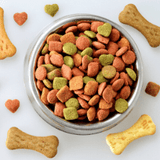
Training Treats
Small treats are a great way to help train your puppy. Use them to help start with house training, basic commands, and leash training. You can also use kibble if you are feeding your dog a dry diet, as well as chicken, beef, or suitable vegetables, like tiny pieces of carrot. Kibble may be better for their stomach initially.
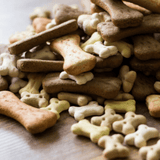
Collar – Our Recommendation
A collar is essential for a puppy as you can attach their identity tag to it. We like this option as there is a huge variety of colors and sizes for all dogs. We recommend introducing the collar from an early age. With larger breeds of dogs, opt for a small adult collar with space to grow into, they grow faster than you think!
Remove your dog’s collar when they are left unsupervised. Collars can get stuck or tangled to things like crate walls, furniture, and other pets. This can cause severe damage and even death in some cases.
Identity Tag
This is one of the most crucial things for a new puppy. Make sure you check out what your local area requires on their identity tag. We recommend your telephone number, address, and owner’s name. We never put our dog’s names on their tags for security reasons. You can pick up an identity tag from your local pet store.
Leash – Our Recommendation
Once your puppy is fully vaccinated, you can start taking them for short walks and begin to socialize them. This lead matches with the collar, with different color options available. Socialization is incredibly important in controlled settings, meeting new people, smelling new areas, and meeting dogs are all great ways for your puppy to begin learning. A durable, fabric lead will be the perfect leash to start with.
Long Training Line – Our Recommendation
Before allowing your dog full freedom of the park, it is an excellent idea to let them explore on a long line. The leash is long enough to allow your puppy to sniff around and feel some freedom, but also allows you to be in control.
Long lines are also great for recall dog training. Begin with your dog on the long line and allowing them to explore, use your queue work, whistle, or clicker and give a short, soft tug on the leash to initiate them coming back to you. Slowly it will teach your puppy to come to the recall noise.
Harness – Our Recommendation
Harnesses are great for brachycephalic dog breeds, such as pugs, french bulldogs, boxers, and others with short noses and flat faces. This is because they do not interfere with their airways as collars do. This type of dog can have breathing difficulties, which could be worsened with the use of a collar. Other breeds with smaller, more sensitive necks may also prefer to walk with a harness.
Larger, stronger breeds tend to be better with a collar. Occasionally harnesses can enhance pulling and allow the dog to have more control. However, there are specially designed dog training harnesses that may help.
Our choice is a comfortable harness that can be secured in both the back and the front for training purposes. It is also reflective for visibility on lower light walks. It comes in a variety of sizes with adjustability to fit perfectly and different colors to suit every breed.
Car Restraint or Seat
If you are planning on traveling with your dog, we would always recommend securing them safely in the car in case of an accident or if they are prone to moving around in the car, which could prove dangerous.
Smaller dogs may benefit from dog car seats, or being secured by their harness to a seat belt.
For dogs that would be more comfortable in the trunk, you can buy covers and barriers. The trunk may be overwhelming for a young or small dog if they are not used to the car, so start slowly and introduce it gradually on short trips.
Our Recommendations:
Attachable Seat Belt
Doggy Booster Seat
Seat Cover
Barrier
Bed
When puppies are young, we tend to use blankets and towels as beds.
Puppies chew a lot, and there is nothing worse than coming home to a $200 bed in pieces.
Dogs are also different; some are cuddly and prefer a soft bed. Others get too hot and prefer to sleep on the hard floor. You will only know once you’ve had your puppy for some time. Let them decide and buy a bed accordingly.
Once your puppy is a little older and more trustworthy, these are our favorite options.
A cooling bed is our dog’s favorite. They can all climb on together; it is supposedly great for their joints and keeps them cool. It is also really easy to keep clean. Elevated Cool Bed
If you have a snuggly puppy, try a cozier bed. This is a great, affordable option for a first bed. Cozy Snuggly Bed
Blankets – Our Recommendation
A blanket is a great way to make a puppy feel cozy without having to spend a lot on a bed. You can also give the blanket to your breeder a week or so before collecting your puppy, so they have the smell of their mom and littermates on it. It will help keep them comforted on their first few nights in their new home.
A smaller size is a great starter; it is snuggly and can be used by your puppy to curl into.
Crate – Our Recommendation
If you are leaving your puppy unattended during the day and are not able to secure an area in your home, then a dog crate can be a great tool. A crate feels like a den to a puppy and is a safe place they can go. If you have young children, ensure that the puppy is left alone when in its crate, it needs a safe space to escape too. Remember, puppies are babies and will need plenty of rest, some up to 18 hours per day.
Dog crates are also useful as toilet training tools as dogs don’t tend to toilet in their sleeping area. Make sure you take your dog out and allow them plenty of playtime before putting them in their crate.
Play Pen – Our Recommendation
A playpen is great for the first few weeks of having a puppy. Often puppies are allowed too much freedom when they arrive and get into trouble. It is better to keep them in a smaller area of the house so they can be supervised and acclimatize to their new environment. We keep ours near the potty area, whether that be close to the yard, or a puppy pad. We ensure they have fresh, clean water, and when supervised, have chews and toys.
Baby Gate – Our Recommendation
Similarly to the playpen, sectioning off your house to the puppy is recommended when they are young. They don’t know a toy from an electric cable so keeping them secure is essential for their safety. Instead of using a crate, we tend to use a gate to divide the house for our puppies.
Puppy Pads – Our Recommendation
Puppies need to toilet a lot, having a puppy pad near their sleeping area is recommended to help keep the house mess-free (or as mess-free as possible with a puppy!). They are great when you are not available to take them outside immediately.
Puppy pads give out a scent that entices a puppy to potty on it, making training easier.
Poop Bags – Our Recommendation
Puppies eat regularly, which means they also poop regularly. Keep your yard and the park clean with a constant supply of poop bags.
Enzyme Cleaner
When your puppy is house trained, it’s natural for them to have accidents. If those accidents aren’t cleaned up properly, your puppy can smell where they have been before and can begin a habit of going in the same place continually. An enzyme cleaner helps eradicate the smell to help with training.
These can be picked up cheaply from the pet store. If the urine is weak and fresh, you can use a vinegar solution to clean it up (link). However, we recommend having an enzyme cleaner on hand, just in case.
Toys
Toys are great ways for pets to learn how to interact with their owners, as rewards when training, to tire them out, and to help soothe their teeth. The main three are chew toys, play toys, and enrichment toys.
Chews are great for teething puppies. They can keep them entertained for hours without needing anyone to play with. Pet stores and vets can recommend suitable options, we like natural, real chews as these are what our dogs enjoy the most, they also tend to be more affordable and last longer.
Our favorites are bleached bones, antlers, and frozen carrots, make sure to keep an eye on your dog when chewing as parts can become dislodged or broken and cause blockages, once this happens, dispose of the chew.
There are alternatives on the market, such as Nylanones. These seem to be designed to mimic real bones without any danger of splits and breakages. They come in a variety of natural flavors to entice your dog.
Our Recommendations:
Nylabone Regular
Nylabone Puppy Bundle
Play toys, such as tug toys, balls, and soft toys, are all great for learning to interact with the family and other dogs in the house. They can be used as rewards when training instead of treats if your dog is toy motivated.
By reserving and rotating some toys, your puppy won’t get bored of having the same toys all the time. If your dog also has a favorite toy, it could be a good idea to reserve it for training sessions, as it will be a great reward for learning a new trick!
Our Recommendations:
Rope Tug Toys
Soft Squeaky Toys
Indoor Soft Ball
Enrichment toys are, by far, our favorite kind of toys. These are toys that help with learning, which usually your dog can play alone with. We like treat-filled ones, such as a kong, lick mat, and snuffle mat (check out how to make a snuffle mat here). Other options include plush hide and seek soft toys.
You can easily make others yourself, we like plaiting three small towels together and hiding treats inside, as well as using cardboard egg boxes with a treat in, and cereal boxes sealed with treats inside. These are great as more affordable options and for toy-destroying dogs.
Our Recommendations:
Soft Hide and Seek Toy
Kong Tire
Classic Kong
Lick Mat
First Aid Kit – Our Kit
Although we always hope no accidents will happen, it is always better to be safe than sorry. The beach can be a high risk area.
A dog can suffer an injury, a sting, or ingest a poison at any time. It is essential to know how to deal with the situation quickly. We recommend having some supplies available at home, with you, and in the car.
They can be incredibly useful in helping your dog feel more comfortable before reaching a medical professional as well as having a positive impact on their long term recovery.
Most people have the main supplies already in their own first aid kit or medicine cabinet, but it is always a good to keep an extra supply specifically for your dog.
A personal first aid kit does not replace the need for veterinary care. If you are not sure what you are doing, contact the vet, and they can advise you over the phone or recommend you bring the dog in for further care. Make sure to keep the kit restocked and that all medication is in date.
We recommend taking the following:
– First aid manual
– Written information (download our PDF card here)
- Contact information (including your regular and emergency veterinarian information, pet poison hotline, emergency contact details)
- Insurance details
- Allergies
- Regular medication taken
- Health conditions
- Current weight
- Microchip number
– Soft Muzzle
– Tweezers
– Disposable gloves
– Foil blanket
– Instant cool pack
– Cotton wool
– Antiseptic wash or wipes
– Gauze pads
– Conforming/open-weave bandage
– Micropore tape
– Vet wrap
– Hydrogen peroxide
– Antihistamines
If you’re interested in learning more about what should be in your dogs’ first aid kit, check out our post How To Build A Dog First Aid Kit At Home here.
Toothpaste – Our Recommendation
Puppies explore the world through their mouth. They say a puppy’s mouth is like a toddler’s hands, into everything!
Dental hygiene is essential to avoid plaque build-up, which can lead to more severe issues such as gum disease.
It is important to get your puppy comfortable with its mouth being touched and for you to be able to brush their teeth. Take it slowly, so as not to overwhelm your puppy. Each step can take 3-4 days for your puppy to feel comfortable with. If you think your puppy isn’t happy with any stage, take it back. Different areas of the mouth may feel more uncomfortable for them.
- Begin by touching around their mouth gently.
- Then advance to allowing them to taste the toothpaste from your hand.
- Once they are comfortable with your hand being near their mouth, advance by running your finger along the line of their teeth with the toothpaste.
- Then introduce the toothbrush and allow your dog to sniff it and lick the toothpaste from it.
- Finally, start brushing, they may be happier for you to start on the front teeth, do this for a few days before advancing to the back.
Shampoo – Our Recommendation
Puppies love to explore, and a lot of the time it means they end up covered in muck. Ours have occasionally ended up in poop! So having a pet-friendly, gentle shampoo on hand is essential. We recommend introducing bath time to your puppy before you have to, as when they are covered in poop, scared of the water, and have never had a bath, it can be very traumatic to a puppy.
Grooming Brush – Our Recommendation
Grooming your puppy is not only essential to keeping their coat clean and matt-free, but it is also a great way to bond with your dog. Similarly to dental hygiene, begin slowly. Introduce the brush and allow your dog to sniff and explore it. Then start brushing, sometimes just one stroke at a time with plenty of praise and rewards.
We also use it as an opportunity to check our dog’s overall health. We like to inspect thier paws, under their arms, around their ears, and their legs for any signs of dry, irritated skin, or foreign objects (such as fleas, ticks, or grass seeds).
The grooming set we recommend includes nail clippers, and your dog will need their nails trimmed occasionally to prevent breakages and infections. Start handling your puppy’s paws from a young age. This will make it easier when the time comes to trim their nails. Discuss with your vet where to cut too, as if you catch the quick, it can be very painful.
Bottle Cap Dog Shower – Our Cap
Perfect Size For Most Water Bottles: The nozzle fits most standard 500ml/16oz, 600ml/20oz, and 2 liter/70oz water and soda bottles. The portable shower head is made of food-grade silicone. It is both BPA and PVC free. The silicone means it can adapt to a variety of different threads, heights, and sized caps.
Designed For All Occasions: Whether it’s mud, sand, or something else, the travel shower cap makes washing it off easy. It is the perfect hiking shower, camping shower, and beach shower. The lid is also dishwasher safe (without the keyring), so no need to worry if it gets dirty on your adventure.
Handy Keyring: The design is the smallest and most compact. The dog shower is portable and travel friendly. It includes a convenient keyring, so you never forget or lose it. This bathing tool is one of the must-have dog camping accessories.
Slows The Flow Of Water: By slowing water flow, you can make it last longer. The sprayer takes three times as long to empty a bottle of water, compared to using no cap. This also produces far less mess and allows you to evenly distribute the water over your dogs’ paws, making bath time stress-free.
Versatile: The dog shower lid is not just for cleaning paws; the attachment can also be used to rinse humans, cool down pets and humans, water plants, and pour into your hands for drinking.
QUICK PUPPY TIPS
Puppy Proof Your Home and Yard
Having a clean, empty area is best with a new puppy, limit the space they are allowed in.
They need constant supervision when they are not in their crate or designated safe area.
Puppies don’t know the difference between toys and new designer shoes! They also need to be taught where to potty and that your sweater isn’t the toilet! Anything you don’t want to be ruined keep well out of reach of your puppy.
Check the yard – Keep an eye on your fence for any gaps, holes, and loose panels, especially after high winds. Plants can also be toxic to dogs, check, and rehome any plants which could cause sickness or fatalities.
Secure any wires and electrical plugs – Puppies are incredibly curious and will be into everything. We don’t want the puppy thinking an electrical socket is a chew toy!
Keep your trash hidden – The smell of leftover food in the trash can is more than enough to entice a young, adventurous puppy straight in. Keep it sealed and away from your puppy’s reach.
Medication – Keep all drugs well out of the way of your dog’s path to avoid an unwanted trip to the vets.
Veterinary Trip
As soon as you have your puppy, speak to neighbors to find out the best vet in the area. We recommend taking puppies to the vet within the first week of coming home.
Vets will be able to give your puppy a full health check to ensure they are happy and healthy. Other things to check with the vet are vaccination schedules, spaying/neutering, worming, and flea treatments. They also have an abundance of knowledge, don’t be scared to ask them questions if you are worried.
Potty Training
House training is the first thing to begin to teach your dog. It can be very time consuming and frustrating but stick with it, and in no time, your puppy will be house-broken.
Day 1 – When you first get your puppy, begin toilet training right away. As soon as you get home, take your puppy to the area you want it to go and allow it time to go. As soon as it does, reward it with plenty of praise.
Set a schedule – Puppies have small stomachs, this means they will need to go regularly. Set a 30-minute timer and take your puppy to the area. It should be going and wait for them to go.
Overnight – Our dogs have always gone outside. However, at night we set up a puppy pad for them to use.
Your overnight routine will depend on where your puppy sleeps and whether or not their crated. Using a schedule for this could also be a good idea.
Remember to allow them time to do their business after dinner before putting them to bed. Some people prefer to remove their water bowl to restrict their intake and, therefore, toilet time. We never did this, but see how it works for you.
Socialization
Take your puppy everywhere you go (if you can)! Every encounter is learning for your puppy, introduce them to new environments, new people, and other dogs (once vaccinated).
Remember to keep the experiences positive and short. Your puppy will tire quickly when young.
Places we recommend:
- Children playgrounds and parks – Unfamiliar noises can be scary for them, get them used to the park when they are young
- Near busier roads – When you need to walk them on the sidewalk, or when traveling in the car, it will be less scary if they already know the noise of other vehicles.
- Dog-friendly restaurants – Learning to be around people and get plenty of attention is great for a puppy.
- Friends houses – Socializing him in new environments is excellent for training.
- Puppy training classes (positive reinforcement only) – Being with other owners of puppies is always reassuring, you can discuss training tips, as well as confide in others. I’m sure your puppy isn’t the only one who wakes three times in the night!
We also recommend inviting as many friends as possible over in the first few weeks of having a puppy. It can be overwhelming for you, but it is a great way to introduce your puppy to new people and desensitize them to having people in their home.
Timing
Picking your puppy up – We recommend picking your puppy up in the morning, this gives you the full day to get your puppy home. It also allows time for bonding, play, and beginning potty training.
Work – Try and pick your puppy up when you have 3-4 days off of work. This gives you time to acclimatize your puppy to its new environment and begin toilet and crate training.
Nighttime – Most puppies will wake in the night; it is scary being alone for the first time. Be patient and understanding.
Remember to enjoy your puppy. They won’t be small for long. It can be tiring if you have sleepless nights, but it won’t last forever. Be calm, patient, and have fun.
Any questions, leave a comment below!
Looking for more pawsome posts? Check these out…
Can Dogs Eat Lettuce?
How To Make A Snuffle Mat
When Do Puppies Lose Their Teeth?
Can Dogs Eat Broccoli?
Can Dogs Eat Watermelon?
Disclaimer: Each dog is different, and every circumstance is different. All efforts have been made to provide accurate information. However, it is not provided by a qualified Veterinarian, Veterinarian Surgeon, or Behaviorist. The information provided is purely educational. The information should not be used as an alternative or substitute for medical care. If you have any health or medical concerns, contact a qualified Veterinary Surgeon or Veterinarian immediately.
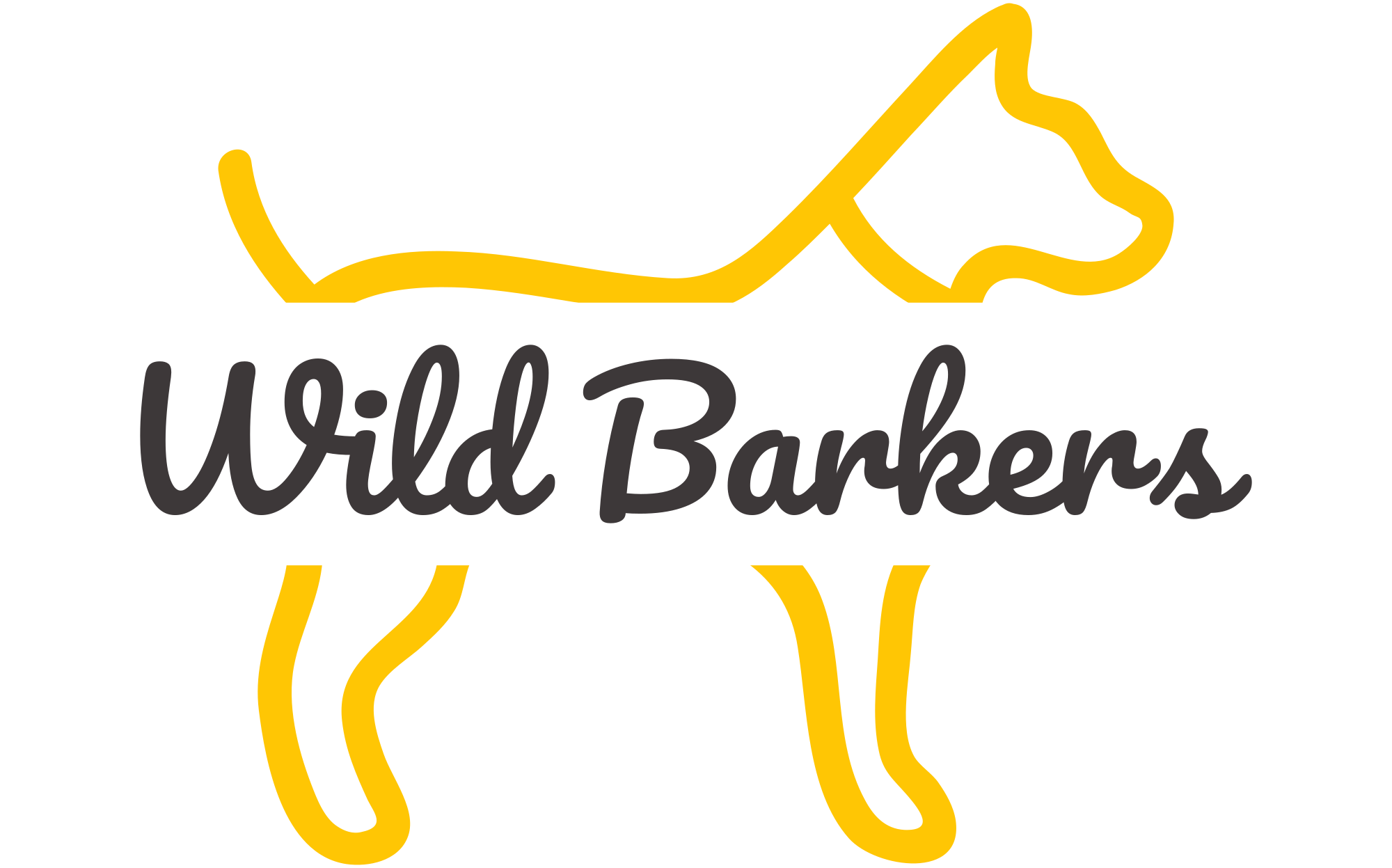

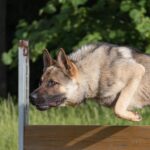
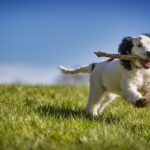
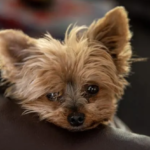
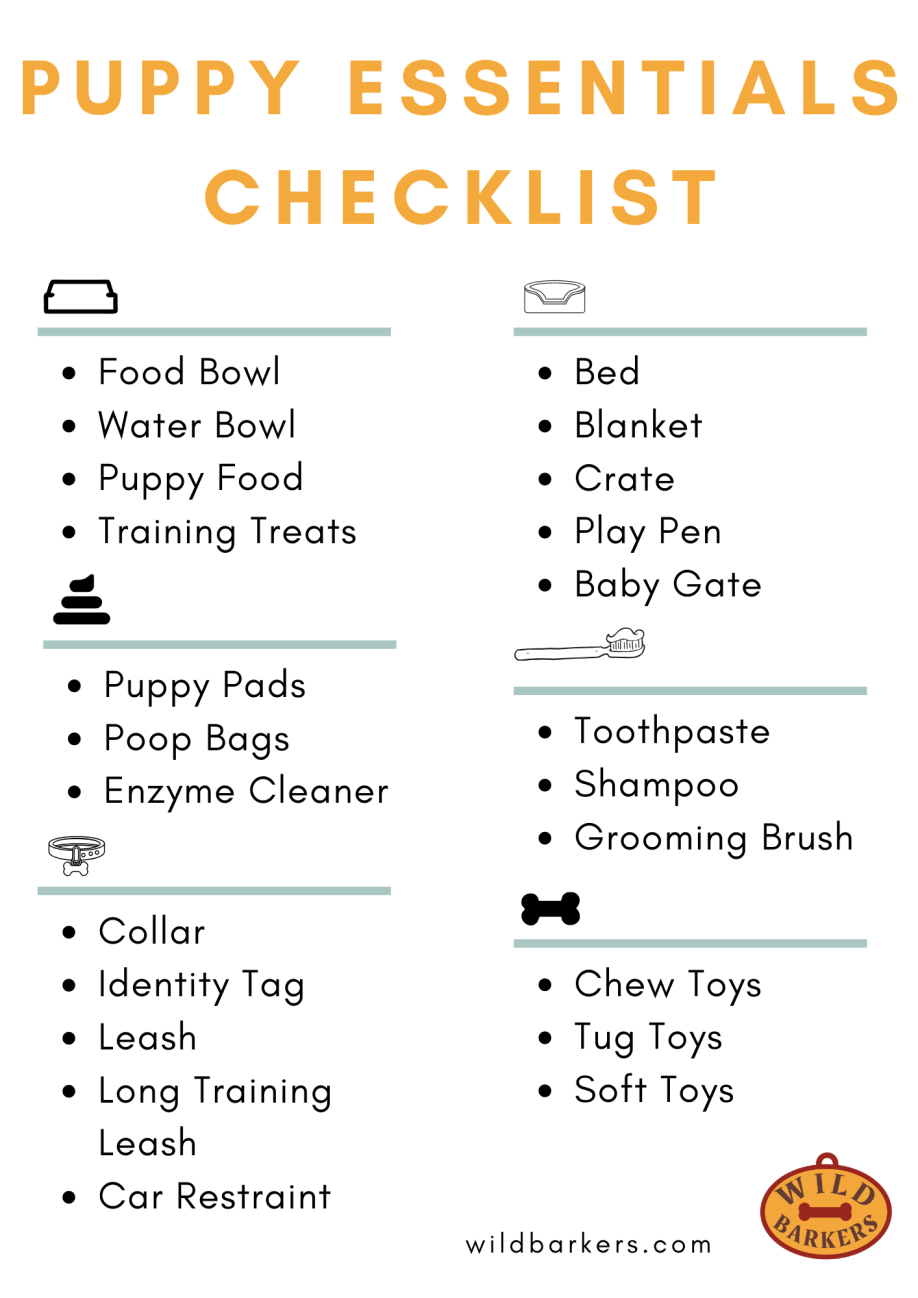

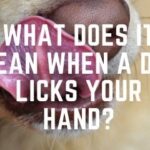
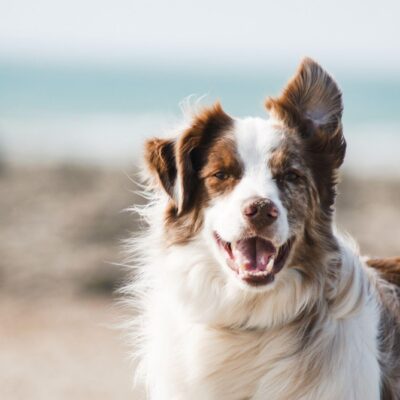
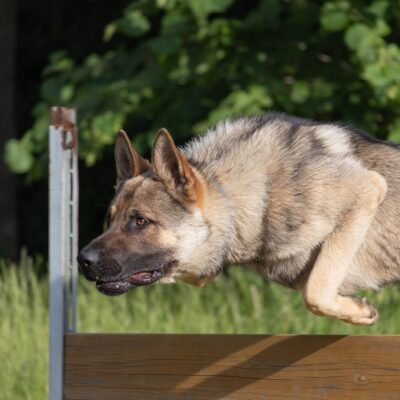
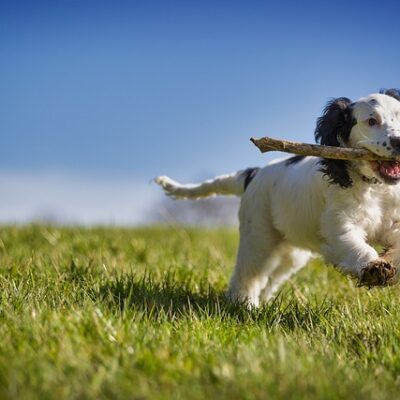
No Comment! Be the first one.